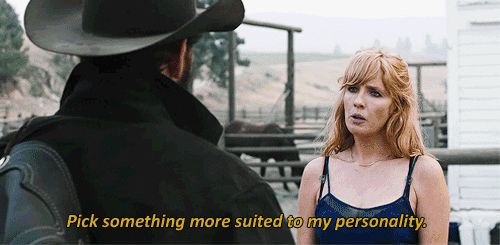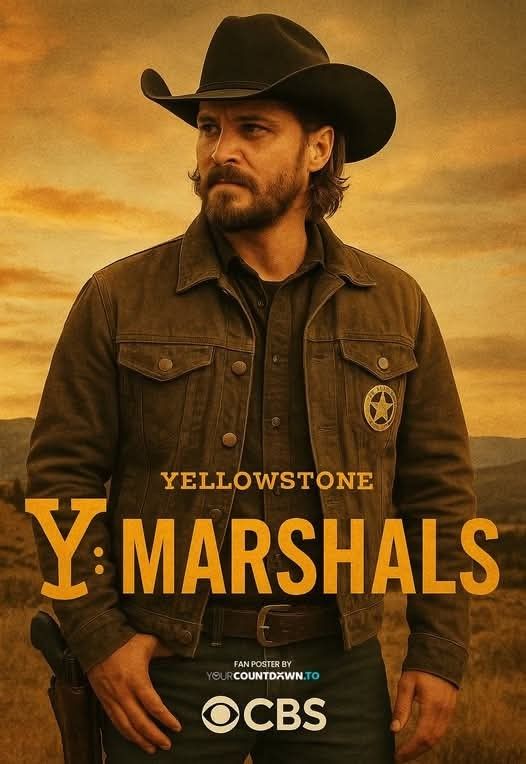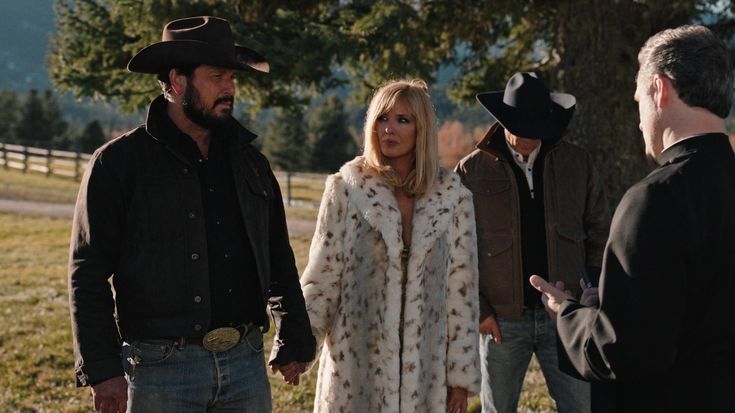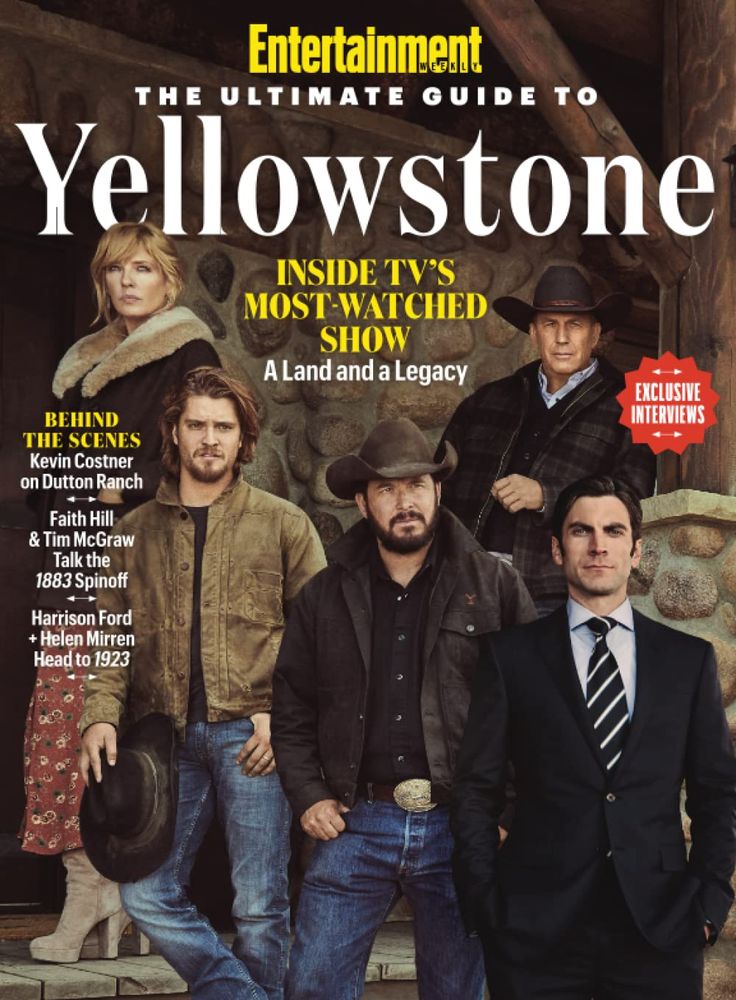
If you grew up watching prime-time dramas, chances are you know the iconic “Dallas” — a show drenched in Texas oil, family drama, and power struggles. Fast forward to today, and “Yellowstone” is capturing a similar magic with its sprawling ranch tales and fierce family battles in Montana. But beyond the gripping storylines and charismatic characters, these shows share something powerful: they’ve both made a huge splash in their local economies. Let’s dive into how “Dallas” and “Yellowstone” aren’t just TV hits but game changers for the communities they spotlight.
The Enduring Legacy of “Dallas”
“Dallas” first aired in the late 1970s, and quickly became a cultural phenomenon. Centered on the Ewing family and their oil empire, it drew viewers into a world of wealth, greed, and Texas-sized drama. But beyond entertainment, it put the city of Dallas on the map for a global audience.

How “Dallas” Put Texas on the Economic Map
Before “Dallas,” Texas was mostly known for its oil and cattle industries, but the show made the city a pop culture icon. Tourism boomed as fans wanted to visit filming locations and soak up that glamorous Texas vibe. Local businesses thrived, and the state’s reputation as a place of opportunity and boldness grew stronger.
“Yellowstone”: The Modern Successor
Jump to the present, and “Yellowstone” is the TV drama making waves in a similar fashion. Centered around the Dutton family’s ranch, the show showcases Montana’s rugged landscapes and complex rural lifestyle. It’s struck a chord with viewers who crave that mix of tradition, family loyalty, and raw power.
“Yellowstone” and Montana’s Economic Boom
“Yellowstone” has become a cultural touchstone, and Montana is reaping the rewards. Tourism has surged, especially in towns near filming sites, with visitors eager to experience the wild beauty seen on screen. Small businesses like hotels, restaurants, and outfitters have seen a noticeable uptick in customers, fueling local economic growth.

Comparing the Economic Impacts: Dallas vs. Yellowstone
Though separated by decades and settings, both shows have created significant economic ripples:
-
Tourism: Both cities saw an influx of visitors wanting to experience the TV magic firsthand.
-
Job Creation: Film crews, local actors, and support services thrived during production.
-
Small Business Growth: Shops, restaurants, and tour operators benefited from new customers.
-
Real Estate Boost: Property values climbed as demand increased from tourists and new residents.
-
Cultural Branding: Each city embraced its TV image, using it to attract further investment.
Why Do TV Shows Impact Local Economies So Much?
TV shows do more than entertain—they tell stories that shape perceptions. When audiences fall in love with a place on screen, they want to visit, invest, and become part of that story. This creates a ripple effect, from increased tourism dollars to new business opportunities and community pride.
The Power of Location in Storytelling
“Dallas” highlighted urban wealth and oil empire glamour, while “Yellowstone” brings to life the rugged outdoors and ranch life. Both settings are characters themselves, showing how powerful location is in drawing viewers and impacting real-world economies.
Behind the Scenes: Filming and Local Jobs
Both productions hired local crews, actors, and extras, providing steady employment. Film-related activities demand services like catering, lodging, and equipment rentals, pumping money into local pockets.
Tourism Trends Sparked by TV Hits
Fans love to walk in the footsteps of their favorite characters. Guided tours, themed events, and merchandise help transform fictional worlds into real economic opportunities.
Real Estate: The Silent Beneficiary
When a TV show shines a spotlight on a location, demand for homes often rises. Investors and new residents attracted by the lifestyle boost real estate markets, sometimes causing housing price jumps.
Community Identity and Pride
The connection locals feel to these shows can foster community pride and drive initiatives to preserve cultural heritage, further stimulating local economies.
Challenges of Economic Booms from TV Fame
Not everything is rosy. Rapid economic growth can strain infrastructure, increase living costs, and cause environmental concerns. Communities must balance growth with sustainability.
Lessons from “Dallas” and “Yellowstone” for Future Productions
-
Embrace local culture and involve the community.
-
Promote tourism responsibly.
-
Leverage media exposure for long-term economic plans.
-
Address environmental and social impacts proactively.
What’s Next for Dallas and Yellowstone’s Economic Influence?

Both regions continue to capitalize on their TV fame. Dallas invests in cultural tourism, while Montana expands eco-friendly tourism and heritage programs linked to “Yellowstone.”
Could Other Shows Replicate This Success?
Absolutely. With the right mix of compelling storytelling, iconic locations, and community involvement, TV productions can become catalysts for economic growth anywhere.
In Conclusion
“Dallas” and “Yellowstone” are more than just TV dramas—they’re powerful engines driving real economic change. By putting their cities on the map, creating jobs, boosting tourism, and sparking community pride, they prove how entertainment can transform local economies. Whether you’re a fan of oil barons or ranchers, these shows remind us that the magic of television extends far beyond the screen.
